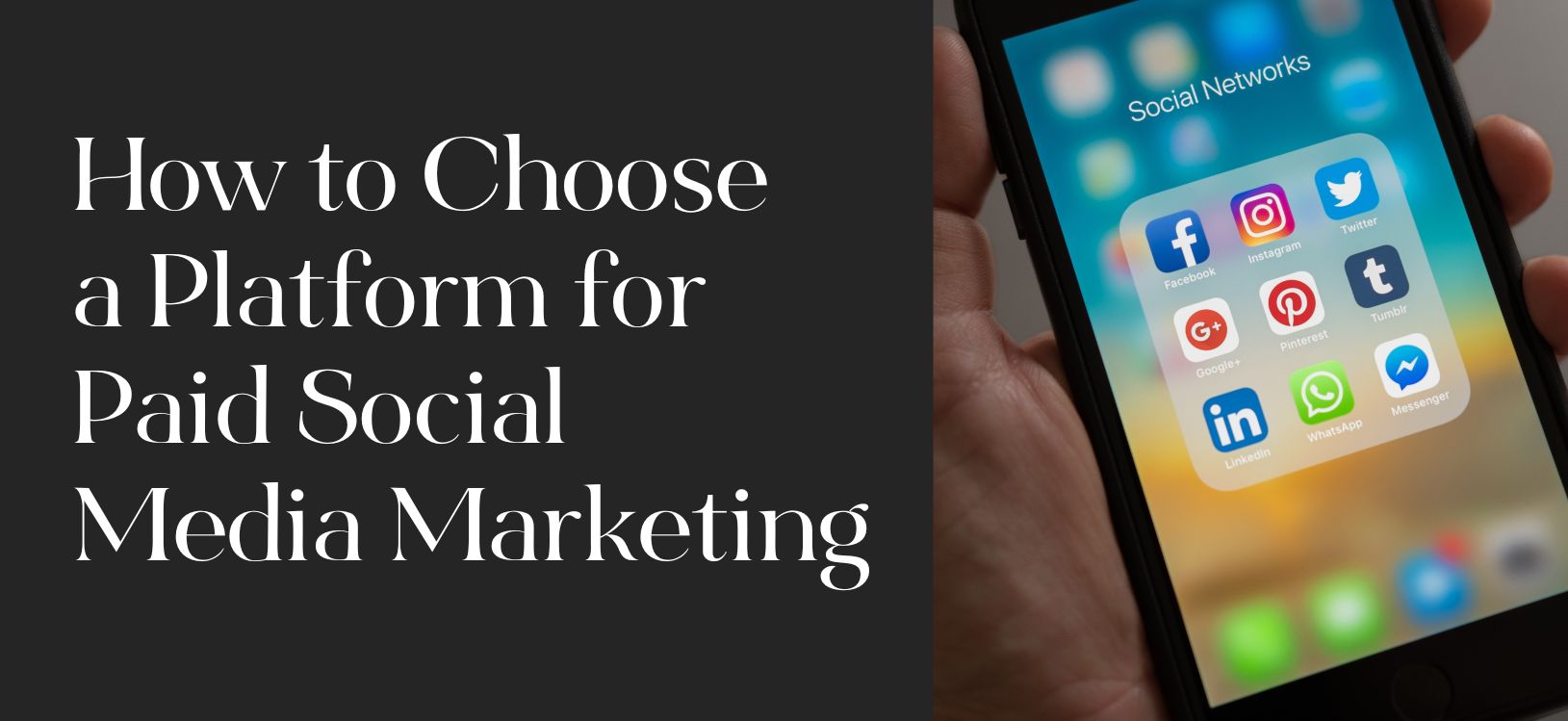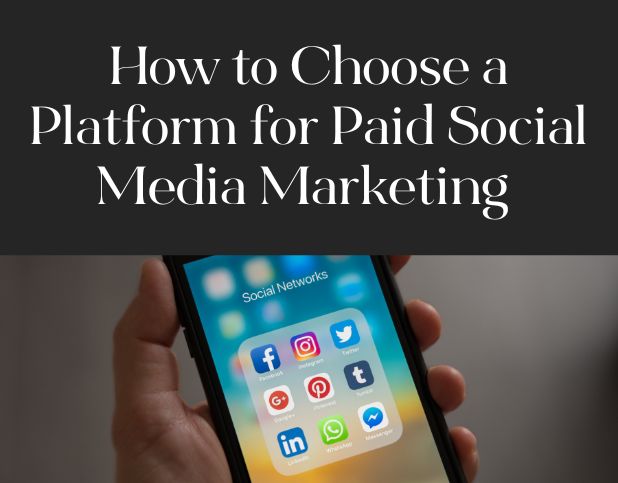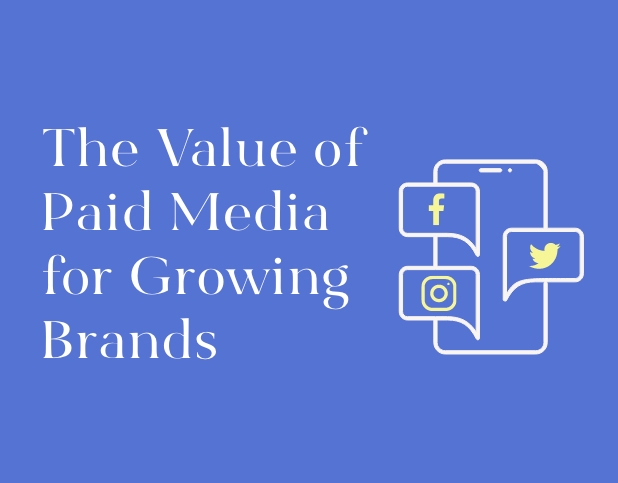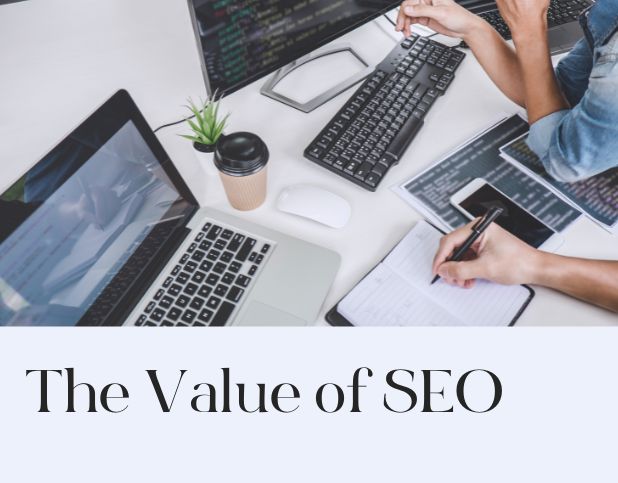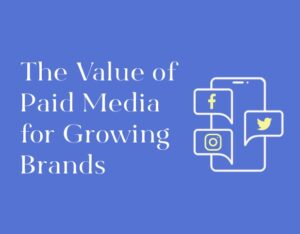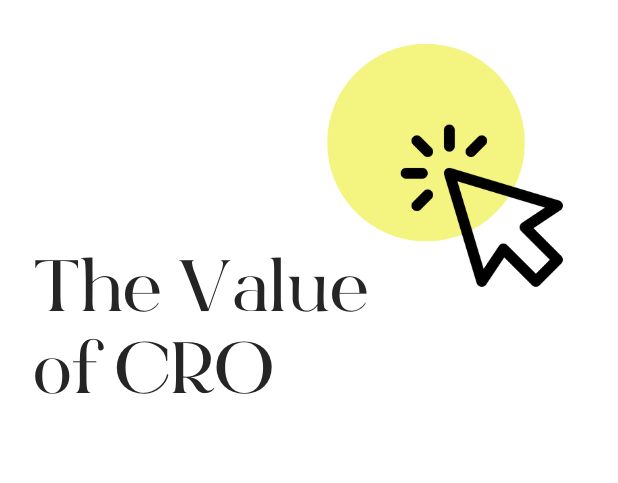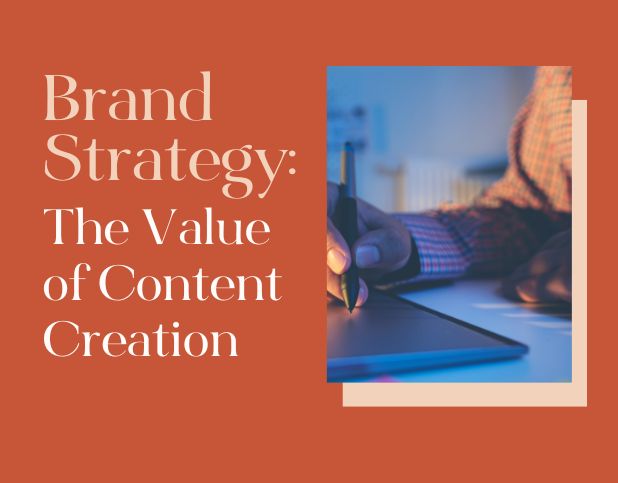Social Media is one of the easiest and most effective ways a brand can establish a digital presence and connect with its audience. Developing an organic social media presence is one of the foundational elements of a successful digital strategy. Your organic social is a form of owned media, and paid social is a method of amplifying your efforts. Social media advertising is when you post an ad that will show up typically on a viewer’s social media newsfeed when they browse, or when they perform a search on the platform. With all the social media platforms that have gained popularity in recent years, it’s difficult to determine which one or few to choose. In this blog, we will break down the key players and explain which ones work best given different target markets.
Meta (Facebook/Instagram):
Many marketers who are new to digital advertising aren’t aware that Facebook and Instagram use the same advertising platform. The Meta Business Suite provides an Ad Manager Tool that allows you to build ads and choose to run them on one or both platforms effortlessly. You can create ads using a wide variety of creative types including static images, carousels, long- or short-form videos, and much more. Along with it being one of the most widely used platforms, this makes Meta one of the biggest players in the social media space and should be highly considered in any paid media strategy.
Meta ads can be effective for all age groups, genders, and income levels. This platform offers some of the best targeting available compared to the other platforms, allowing you to narrow based on your demographics, upload lists of people who interacted with your business and find people similar to those people, utilize interest targeting, or let their advanced algorithm find people for you. (Some restrictions may apply due to your industry). The cost to run ads here can vary based on your strategy, the time of year you are running the ads, and the competitiveness in your industry.
LinkedIn:
Linkedin is a great platform to run ads for awareness, lead generation, and high-dollar products or services. If you are aiming to target businesses, people within a certain job role, or work in a certain industry, this is the place to be. Advertising on LinkedIn automatically narrows down your audience, since a more niche audience uses the platform.
LinkedIn ads can be effective for all adult age groups, genders, and income levels. Their targeting capabilities have many similarities to Meta, but it focuses more so on job roles and company information. This can be extremely useful if you need to get in front of decision-makers, people in a certain role, or have certain levels of work experience. Since Linkedin is more of a specialized platform, the costs do tend to be lower on average compared to Facebook/Instagram. However, since it can be one of the best places for B2B advertising, costs can be on the higher side depending on your audience.
Pinterest:
Pinterest’s audience core demographic is skewed more towards females, but they are seeing increases in male pinners as well. Their audience tends to be on the wealthier side with 45% of people in the US having a household income of 100k or more being on Pinterest.
Pinterest ads can be effective for all age groups, primarily females, and individuals with slightly higher incomes. Pinterest targeting allows you to upload customer lists and find similar people to your current customer base. You can also utilize interest or keyword targeting, and narrow the audience based on demographics. Costs tend to be much lower on Pinterest compared to other social media platforms, so if your target demographic fits the Pinterest audience, it can be a great way to stretch your advertising budget.
YouTube:
If you have the capabilities to create high-quality, eye-catching video content, YouTube is where you can use these assets most effectively. For YouTube ads, it is highly recommended that you create unique, specific content that is designed to capture the viewers’ attention, qualify them as a potential customer, and encourage them to take action. To advertise on YouTube, you need to have a Google Ads account already set up. Similar to Meta, Google provides the platform to run ads on YouTube.
YouTube ads are effective for all ages, genders, and income ranges. YouTube targeting allows you to narrow based on demographics, utilize interest targeting, target by relevant keywords, upload lists of those who have interacted with your business, and much more. Since Youtube has an incredibly large reach, the cost is surprisingly more affordable on average compared to other platforms. In some cases, you will only be charged if someone watches a certain amount of your video, so if they skip the ad early enough, you won’t have to pay for the view. A well-written script that qualifies viewers early on could result in cost savings and more qualified viewers.
You likely noticed this is not an exhaustive list of all possible social media ad platforms. We highlighted the platforms our clients use and the ones we recommend most often. As with most marketing efforts, there is not a one-size-fits-all approach to social media advertising. If you are ready to launch paid social campaigns, your paid media strategy and budget should be customized to meet the goals of the individual brand. If you still are unsure what platform is right for you, reach out! We’d love to talk about your goals and help you determine the best paid media strategy for your brand!
About BuzzShift
BuzzShift is a digital growth strategy agency with a focus on mid-market, scaling, purpose-driven DTC Brands. By combining the ideologies of branding, performance marketing, and retention agency, we are able to create memorable experiences with measurable results, and build long-term success for our clients with scalable, sustainable growth. Learn more about BuzzShift.
